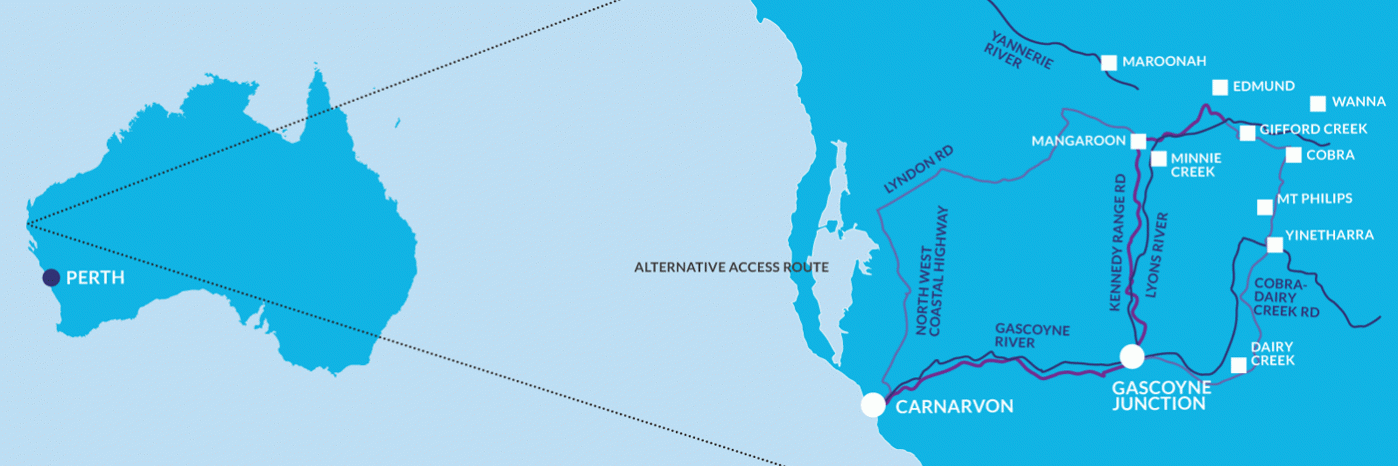Map of where the Yangibana project will focus on, specifically the Gascoyne region. Source : Hastings Technology Ltd.
The WA Yangibana Rare Earths Project will have increased support from the Northern Australia Infrastructure Facility (NAIF) to help reach net zero.
NAIF will provide Hastings Technology Metals Ltd with $220 million on loan with the intention of funding the construction of a rare earths mine, processing plants, and associated infrastructure.
Yangibana will deliver a Mixed Rare Earth Carbonate product into the global critical minerals supply chain.
This is so demand can be met for products that ultimately support the net zero target.
Minister for Resources and Northern Australia Madeleine King said the support from NAIF is indicative of the Albanese government’s dedication to reach net zero, and to grow the critical minerals sector.
“Support for projects like this underline the Albanese Government’s commitment to reach net zero emissions by 2050.” Ms King said.
“The road to net zero runs through Australia’s resources sector.
“We need to support Australian mining so the industry can supply the minerals we need to build the technology for the future to support a decarbonising economy.” She said.
A loan of $140 was previously approved, however an agreement was reached to increase the loan due to rising costs and the strength of magnet rare earth prices.
NAIF CEO Craig Doyle said the funding will ultimately help support and create jobs in the industry, and was supporting communities across the North of Australia.
“NAIF projects are forecast to support more than 15,000 jobs and contribute over $29 billion in public benefits to the northern Australian economy.” Mr Doyle said.
Yangibana has high-quality concentrations of Neodymium and Praseodymium, both of which are key components in manufacturing permanent magnets.
Permanent magnets are used in products such as electric vehicles, wind turbines, and various medical applications.
Rare earth ore will be mined, crushed, and concentrated on-site at Yangibana, then processed in Onslow into a Mixed Rare Earth Carbonate.
The Carbonate will then be shipped globally.
An estimate of $1.3 billion net public benefit to the Gascoyne region is expected to come from the project.
Additionally, around 700 construction and operations jobs will be supported.





